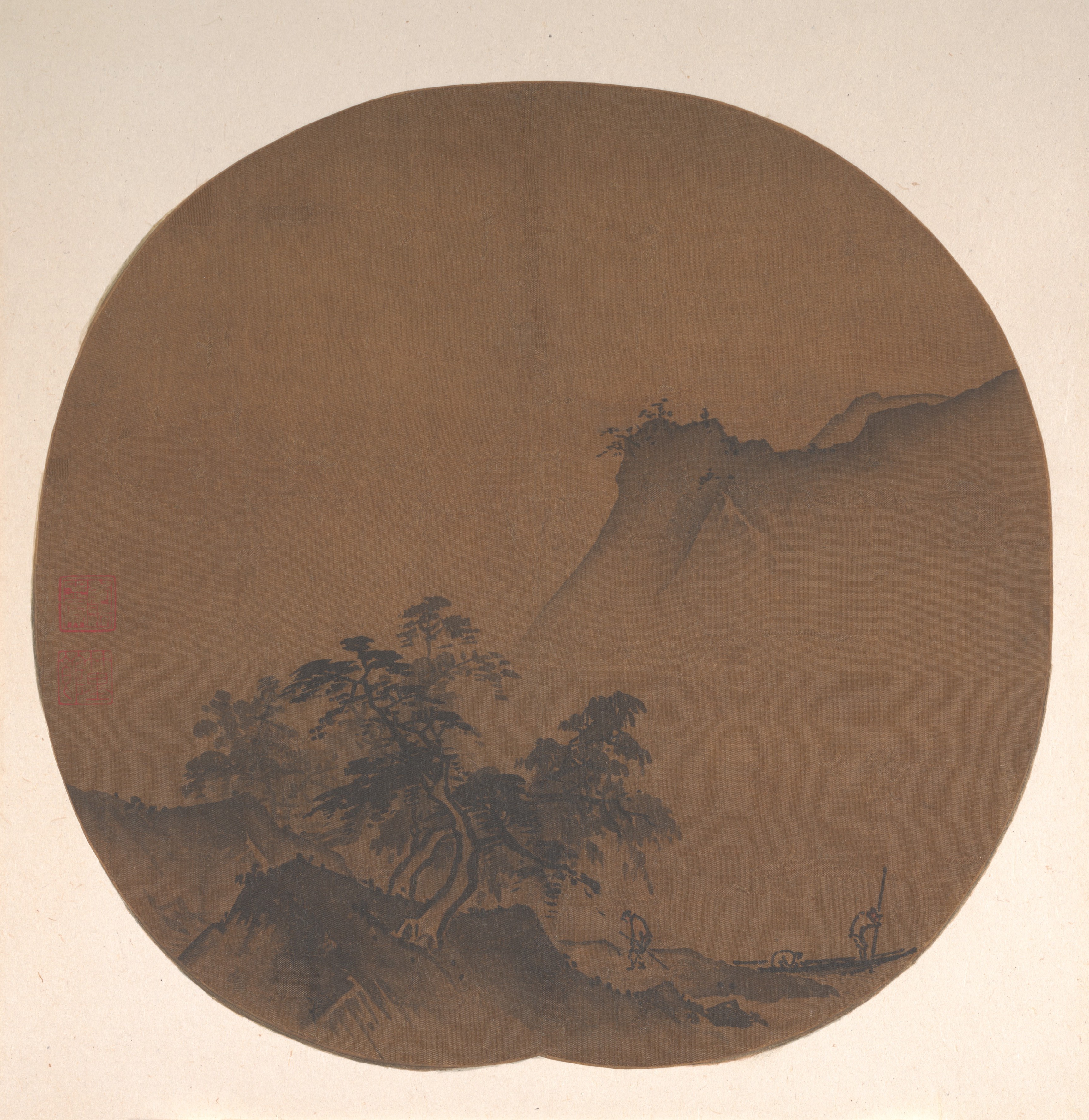
What is Chinese visual culture and what does it reveal about Chinese history, beliefs, society, and politics? This course introduces students to different aspects of Chinese visual culture including traditional ink paintings, propaganda posters, performance art, as well as cinema. We will explore broader themes, such as the representation of the natural world and its relationship to people; the idea of art and calligraphy as a representation of human inner character; women, gender, and ethnicity in visual arts; and the formation of Chinese identity at home and abroad in the diaspora community.
The course will be taught in a thematic manner. Therefore, if you are unfamiliar with general Chinese history it is highly recommended that you use Patricia Ebrey’s Cambridge Illustrated History of China (available as an ebook through the library; search for the title). I will also provide historical background and information during lectures so that you can better understand the works in their historical context.
We will be screening four films this semester: Hero (dir. Zhang Yimou, 2002), The World (dir. Jia Zhangke, 2004), Still Life (dir. Jia Zhangke, 2006), and Founding of a Republic (dir. dirs. Han Sanping and Huang Jianxin, 2009). They will be made available to you for individual screening in Moodle. Make sure you set aside enough time to watch these films uninterrupted. You are expected to take notes and consider the films in the context of the materials presented in class and the assigned readings.
- Teacher: Rosaline Kyo
